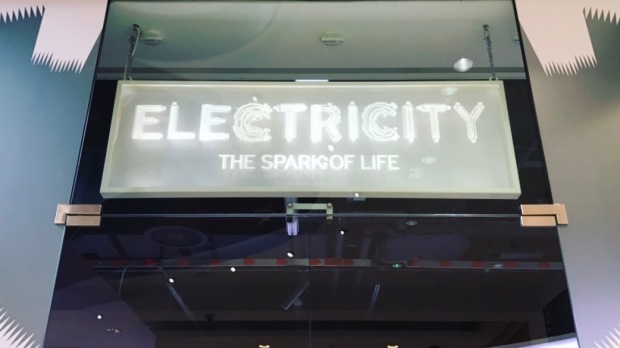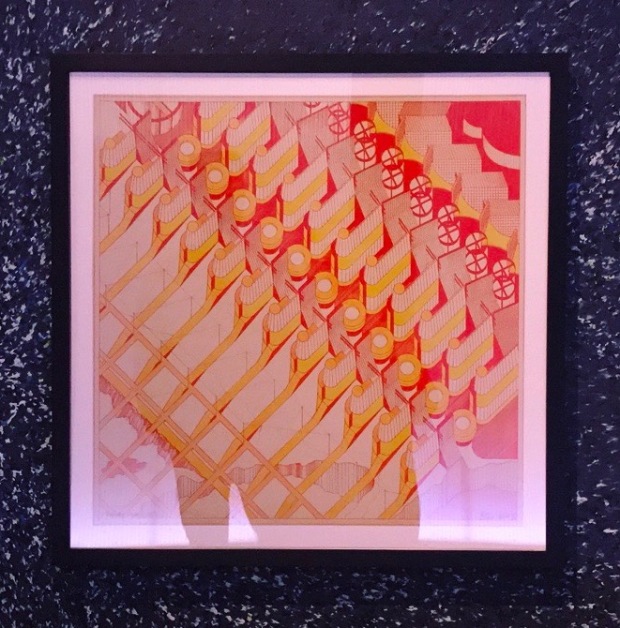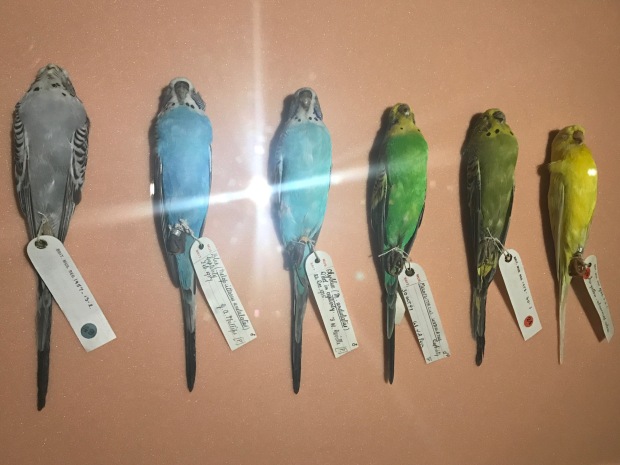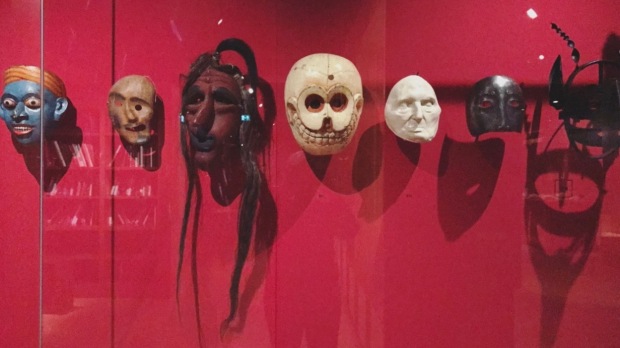Independent Study Visits #3
Between the suggested exhibitions, I selected Making Nature: How we see animals & Electricity: The spark of life hosted by the Wellcome Collection.
As I am focusing on display and audience experience within the design piece, I chose to visit the Wellcome Gallery as it usually has quite interactive exhibitions which include everything from objects to installations, miniatures, pictures, videos, voice recordings…
Both Making Nature and Electricity I found extremely interesting for what informations and messages they were delivering; design wise I cannot say I was particularly impressed.
Pieces that visually stood out were :
The Entrances


Degreecoordinates . Shared Traits of the Hominini Apes (Humans, Bonobos and Chimpanzees), 2015 | Marcus Coates in collaboration with primatologist Volker Sommer.


Electricity : Solar City by Sir Peter Cook and Christine Hawley 1982 Reproduction

Making Nature : Six Skin specimens of budgerigars, Melopsittacus undulatus showing colour variations, 1935 – 1957. (Two centuries of selective breeding in human captivity).

As I was not satisfied, nor were my partner and my friend who were with me, we decided to stick around the gallery and explore more.
It was next to the main entrance that I saw the first masks.

This little stall, invites visitors to stop by and dress up using the jackets, hats, wooden tools and masks on display and take a selfie in the designated area next to it.
Of course we did it.
I also studied the wooden masks and I think it was when I picked the one I am wearing in the picture that I realised I wanted to use wood for my masks installation: clean cut and polished look, paper might just not be the right material although is most definitely the cheapest.
Proceeding on the first floor, just next the Making Nature Exhibition there was another room entitled Medicine Man. There I surprisingly found more masks. I learnt that Sir Henry Wellcome was a collector (a pharmacist , entrepreneur and philanthropist too) passionate about the link between anthropology and health. Apparently, half of his collection is made of masks and this room held 12 of them.


Some of these masks were used for exorcism rituals to defeat diseases and demons (transform illness into health), others were used to torture, others to disguise tortured victims, others for camouflage and decoration. Most of them are made out of wood, some are made out of bones and other mixed materials. This last piece of information regarding the material has made even more interested in trying to create my masks out of wood.


